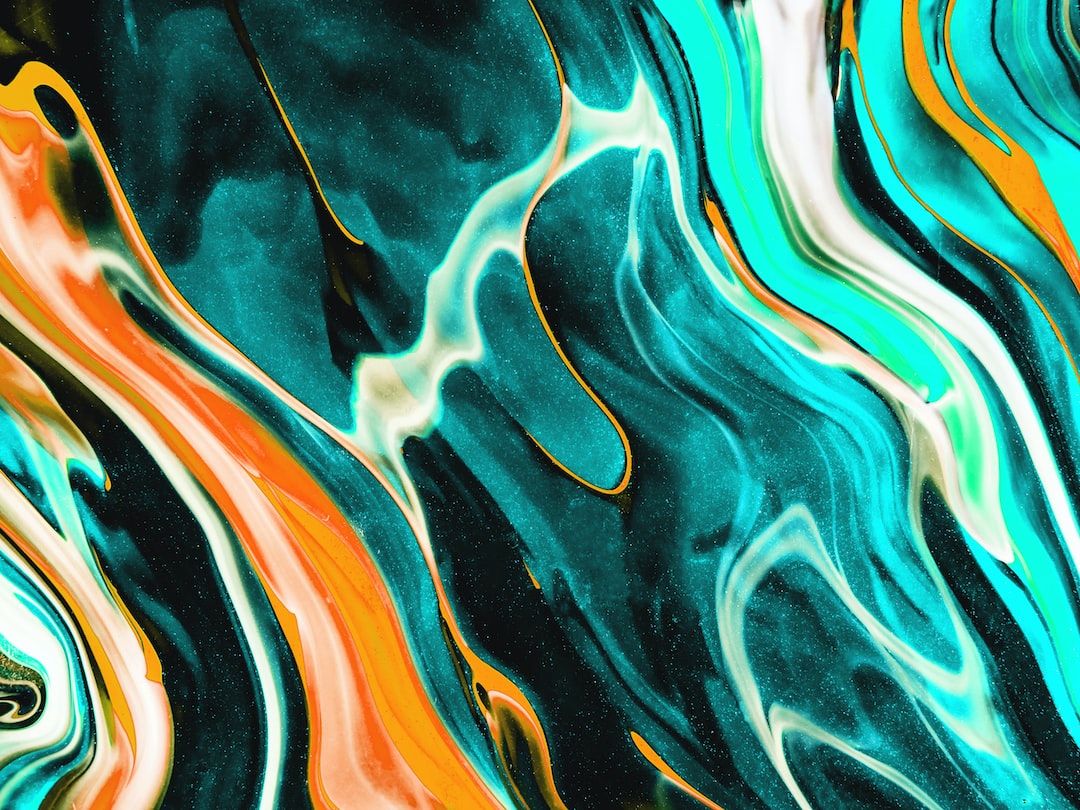The Healing Power of Mandalas in Art Therapy
Art therapy has been a form of healing for centuries, allowing individuals to express themselves creatively and explore their emotions. Among the various techniques used in art therapy, mandalas have gained popularity for their unique ability to help individuals find inner peace and promote self-discovery.
Originating in ancient Hindu and Buddhist cultures, mandalas are geometric patterns that represent the universe. The word “mandala” itself is derived from the Sanskrit language, meaning “circle” or “center”. These intricate designs often consist of concentric circles, geometric shapes, and vibrant colors.
In art therapy, mandalas serve as a powerful tool to explore and heal the mind, body, and spirit. Creating a mandala allows individuals to connect with their inner thoughts and emotions while finding a sense of calm and balance. The process of creating a mandala is meditative, promoting mindfulness and reducing anxiety.
One of the key benefits of mandalas in art therapy is their ability to reduce stress and provide a sense of relaxation. As individuals focus on the intricate details of creating a mandala, their minds become fully absorbed in the task at hand, temporarily detaching from everyday stressors and worries. This meditative state induces a relaxation response, promoting feelings of calmness and tranquillity.
Moreover, the repetitive patterns and symmetrical designs of mandalas have a soothing effect on the brain. Psychologists suggest that the brain enjoys patterns, finding them satisfying and calming. When individuals engage in the creation of mandalas, their brains receive repetitive sensory input, which activates the parasympathetic nervous system, responsible for the body’s rest and digest response. This physiological response reduces heart rate, blood pressure, and stress hormone levels.
Creating mandalas also fosters self-expression and self-discovery. Art therapy provides a safe space for individuals to explore their emotions, without the need for verbal communication. The free-flowing nature of creating mandalas allows individuals to express their feelings, thoughts, and experiences in a non-judgmental manner.
Furthermore, mandalas serve as a mirror, reflecting one’s inner self and facilitating self-awareness. Jungian psychology suggests that mandalas represent the self, symbolizing the integration and wholeness of one’s psyche. Therapists often encourage individuals to analyze their created mandalas, identifying recurring themes, and reflecting on their personal journey.
The process of creating a mandala also promotes mindfulness, a practice highly regarded for its mental health benefits. Mindfulness encourages individuals to stay present in the moment, observing their thoughts and feelings without judgment. By focusing on the present moment while creating a mandala, individuals can develop a deeper connection with themselves and their surroundings.
In addition to their therapeutic benefits, mandalas can serve as a visual representation of one’s progress and growth. Many individuals find solace in creating a series of mandalas chronologically, allowing them to visually track their emotional and mental development over time. This can provide a sense of accomplishment and motivation to continue the healing journey.
Mandalas can also be used as a form of art therapy outside the therapeutic setting. Coloring mandalas has become a popular practice for individuals seeking relaxation and stress relief. Coloring books featuring mandalas offer an accessible and enjoyable way for people of all ages to engage in art therapy and experience its healing power.
In conclusion, mandalas are a powerful tool within the realm of art therapy, offering numerous benefits for individuals seeking healing and self-discovery. The process of creating mandalas promotes relaxation, mindfulness, and self-expression. Mandalas serve as mirrors, reflecting one’s inner self and facilitating self-awareness. With their intricate designs and vibrant colors, mandalas can offer solace and promote healing for individuals of all ages. So, pick up a pen or a paintbrush, let your creativity flow, and experience the therapeutic power of mandalas for yourself.

